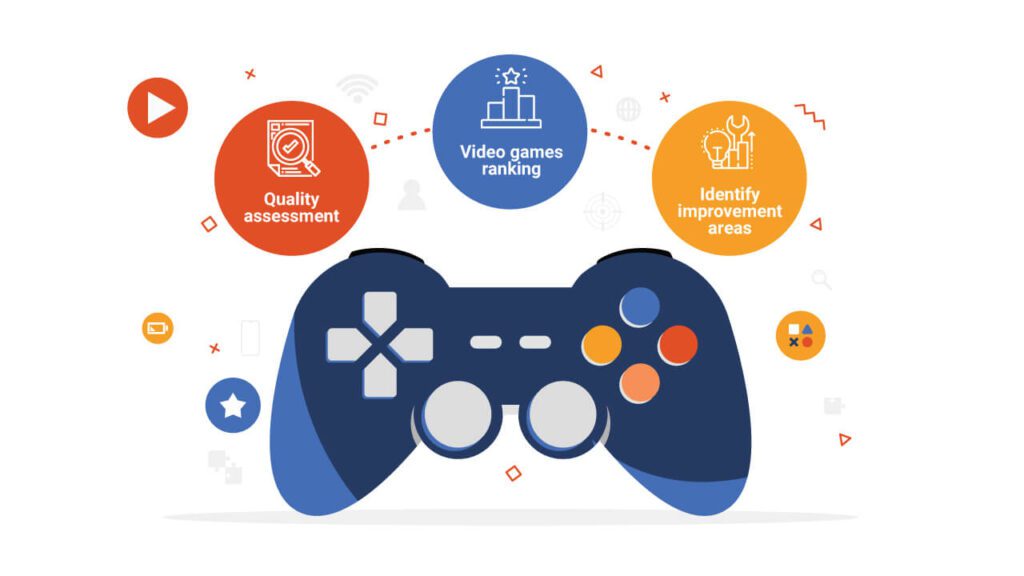Level design is a critical aspect of game development that involves creating gameplay environments, designing obstacles and challenges, and determining the player’s goals and objectives. The level designer’s job is to create a game world that is immersive, challenging, and fun. A well-designed level should be challenging enough to keep players engrossed but not so difficult that they feel frustrated. Key elements of level design include map layout, interactive elements, obstacles, and visual design. Playtesting is essential to identify any potential issues and problems before the game is released. Overall, level design plays a crucial role in creating an immersive and engaging gaming experience.
Game Design 101: Understanding Level Design and its Role in Creating Engaging Games
Level design is one of the most important aspects of game development. It is the process of creating the game environment, the challenges and obstacles that the players must overcome, and the overall experience that the game offers. Level design is at the heart of the game design, and a well-designed game keeps the players immersed and engaged.
What is Level Design?
Level design, as mentioned above, is the process of creating gameplay environments in a game. It includes creating game maps, designing obstacles or challenges, adding interactive elements, and determining the player’s goals and objectives.
The level designer’s job is to create a game world that is immersive, challenging, and fun. They create maps and environments that look and feel realistic and draw the players in. Level design is a vital part of the game development process, as it sets the stage for the game and determines how the player interacts with the game world.
The Role of Level Design in Creating Engaging Games
Game levels are the backbone of the game’s story and mechanics. They are responsible for providing players with the appropriate amount of challenge, surprise, and engagement. A well-designed level should be challenging enough to keep the player engrossed in the game but not so difficult that the player feels frustrated or overwhelmed.
A well-designed level also allows players to explore different aspects of the game, such as puzzles, combat, and gaming mechanics. It should also provide players with a sense of progression, satisfaction, and completion as they accomplish specific milestones throughout the level.
Level design in games is a crucial element that contributes to the overall immersion of the gameplay experience. It allows players to explore new environments, interact with NPCs and objects, and achieve their goals in the game world. By providing a challenging yet achievable experience, level design keeps players engaged for hours on end.
Key Elements of Level Design
To develop an engaging game, level designers must consider several key elements of level design:
Map Layout
Maps play a vital role in creating an immersive game. Level designers must consider the size, shape, and scope of the map when creating a game. They need to ensure that the player can easily navigate the game environment, while still experiencing a sense of exploration and adventure.
Interactive Elements
Interactive elements such as doors, levers, and buttons, add a layer of interaction to the gameplay experience. They can be used to create different types of puzzles, gateways to hidden treasure, or rewards for completing specific tasks. These elements can significantly impact a player’s engagement, excitement, and immersion in the game.
Obstacles and Challenges
The obstacles and challenges that a player faces are an essential part of the gameplay experience. They need to be designed in a way that provides the optimum amount of challenge without frustrating the player.
Visual Design
A game’s visual design is crucial in creating an immersive experience. A well-designed level can visually transport players to another world, making them feel like they are living in the game world. Elements such as texture, lighting, and sounds add to the overall game experience.
The Importance of Playtesting
Playtesting is an integral part of the level design process. It is essential to ensure that the level is challenging enough but doesn’t overwhelm the player. Playtesting can provide insights into any potential issues that need to be addressed before the game is finally released.
During playtesting, a level designer can identify any potential bugs or issues that may need to be addressed. It can also help the designer identify areas of the game where the player may get frustrated or bored.
Conclusion
Level design is an essential part of the game development process. Creating an immersive, challenging, and engaging game takes the skill and expertise of a level designer. They need to consider several key elements of level design, such as map layout, interactive elements, obstacles, and visual design. Playtesting is also critical to ensure that the game is enjoyable, challenging but not overwhelming. In conclusion, Level design plays a critical role in creating an immersive and engaging game.
